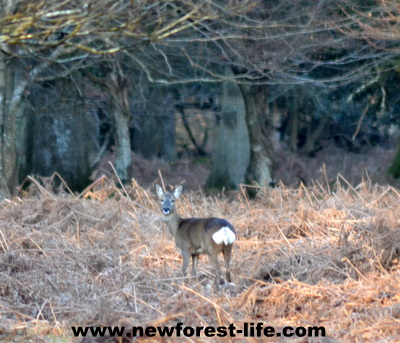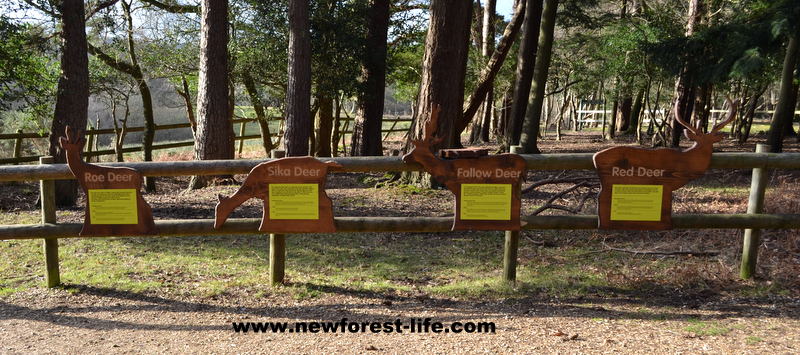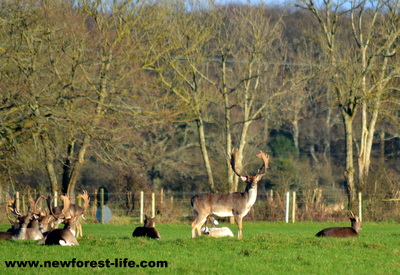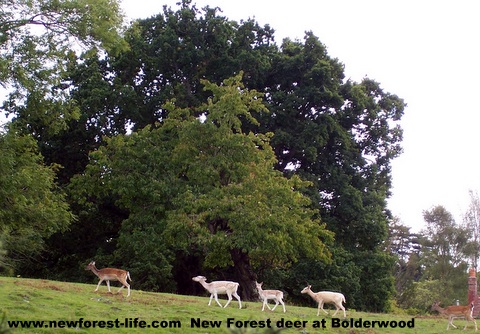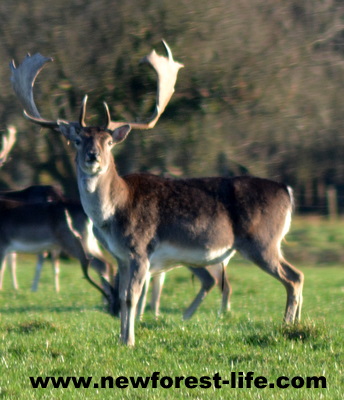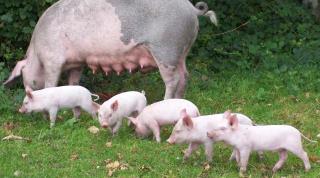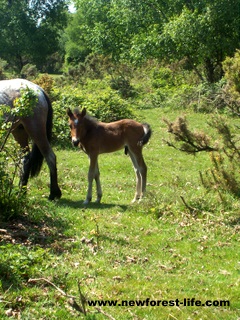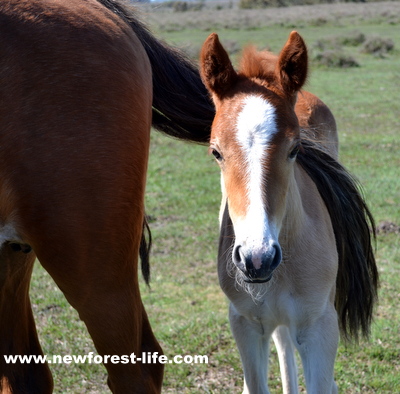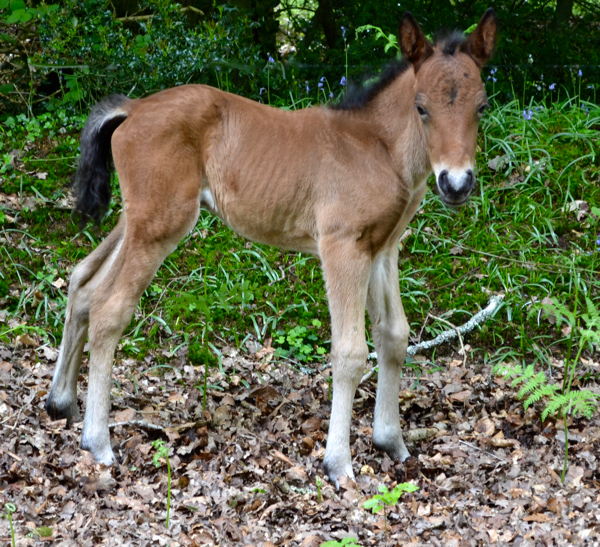New Forest Deer
- where can I see them?
New Forest Deer
New Forest Deer can be found all over this lovely UK National Park.
They can be hard to spot as they are shy and wary but at dusk you may see them grazing by the edge of the road. Some areas are better to see the Forest deer than others.
New Forest National Park wooden deer identification boards at Bolderwood deer viewing area.
If you want to make a day out and combine a great walk, among huge trees right in the heart of the forest New Forest Deer at Bolderwood will give you lots of ideas.
A visit to Bolderwood is suitable for wheelchair access but please be aware that you will be travelling over gravel paths which may be a bit bumpy! From here you can follow the Deer Watch Trail.
Bolderwood is also great for New Forest walks and walking trails. Why not bring your bike and follow one of my recommended Cycle Trails.
Whatever you do I hope you have a great time out and about in this beautiful New Forest National Park.
What New Forest deer am I likely to see?
New Forest Fallow Deer
These are the most common and have a distinctive black marking around the tail. All New Forest deer are shy and so it's their tail that you are most likely to see.
They are found throughout the New Forest and tend to be in small herds. They are usually brown with white spots over the back but we have seen them nearly black and virtually pure white!
We have actually stumbled over New Forest deer when walking our dog on a dark winter night. We have been attacked - yes, even our large, black dog was attacked - by a mother protecting a fawn asleep in long grass. So take care at all times please.
The Four Colours of New Forest Fallow Deer
- Colours: Common spotted chestnut in summer. Dull grey/brown in winter
- Menil: Bright spots all year
- Melanistic: Dark brown almost black
- White/cream: not a true albino but a form of white
Their Antlers
History
- Introduced by Normans around 10th Century into Europe
- Protected in Royal Hunting Forests as the favoured "beast of the chase"
New Forest Roe Deer
These New Forest deer are a greyish brown in winter which changes to a red/brown in summer. They do not go round in a herd like the Fallow and you tend to see just one male and one female at a time.
Colours
Antlers
- Grown in winter and in simple spike form. When mature spike branches into 3
History
- Native to Britain since Ice Age. Numbers declined to point of extinction due to over exploitation etc of habitat. Managed to re-establish in 20th Century - thank heavens!
I'm often out on the New Forest and suddenly see a head appear, or if I'm closer than I realise a roe deer will suddenly leap up and do a spectacular series of high jumps across the heather - a truly beautiful sight - I wish I was that graceful.
New Forest Red Deer
These are the largest deer you are likely to see on the New Forest and also the most rare. You may see them around Ashurst in the early morning and there is also a conservation project going on near Brockenhurst.
Colours
Antlers
- Simple spikes
- Age 7 to 9 a full head of 8 points on each spike should develop
History
- Migrated from Europe end of the Ice Age.
- provided tools, skins and food to Mesolithic age man
- Largest native breed of deer in Britain
I used to ride in Richmond Park, in Surrey and the park was full of red deer - they are a spectacular sight and an amazing sound to hear during the rutting season.
New Forest Japanese Sika Deer
These are smaller
and much shyer New Forest deer. They tend to like the woodland areas
found south of the railway line which cuts across the New Forest.
Colours
- Tail is shorter than fallow deer with less distinct stripe
- Summer coat is chestnut red to yellow brown with dark dorsal stripe
- Winter coat is dark grey to black and spots have gone by this time
Antlers
History
- Not a native breed but introduced onto the Beaulieu Estate in 1904 as a gift from King Edward V11
- Two Sika escaped and the following year 1905 a further 2 were released
- This small release are responsible for the New Forest Sika deer population today!
New Forest Fallow Deer buck (thanks Steve for the correction;) you may be lucky enough to see!
For a lovely day out and hopefuly to see some New Forest fallow deer, at least, head for the New Forest Bolderwood Deer Sanctuary.
We often go past and usually end up parking in the nearby car park and crossing the road to see if there are any deer to be seen from the viewing platform.
They are fed by a keeper during some of the year and so you should be lucky in your deer spotting.
If you head south through Lyndhurst on the A35 and turn right onto the Bolderwood Ornamental Drive, you will see some magnificent redwood trees and end up at the Bolderwood New Forest Deer Sanctuary. Grid ref: 242087 WikiMapia can help you find it on their map.
Share your best New Forest deer story or photo with us now!
Have your seen a white New Forest deer? Did you take a photo? Share it with us now!
What Other Visitors Have Said
Click below to see contributions from other visitors to this page...
Simon Cattermole 




Saturday 22 October, 5:00pm, Coming out of Brinken Wood and into the open area of Warwickslade Cutting - a magical moment watching a white deer and four …
New Forest National Park Deer in the snow 



As we were driving from Downton to Brooke we saw deer feeding very close to the road. We assume that as this area was partly wooded and the snow had cleared …
White Fallow Spotted Not rated yet
Hi there,
We were walking through Brinken Wood and just crossed the ford when we spotted a large white fallow stag with a herd of does including …
Glenda Logan-Reid Not rated yet
Some years ago when my partner were driving from Lyndhurst to Cadnam we were suddenly aware of a very large animal charging towards the safety fence. …
White deer at Bolderwood Not rated yet
This was at the Deer Sanctuary at Bolderwood.
Sunrise Not rated yet
I couldn't sleep so got up as the sun began to rise. We often have visiting deer but when I opened the curtains there was a white deer amongst the herd! …
Where is the best place to see New Forest deer? Not rated yet
We were walking on the New Forest the other weekend and saw a white deer - what sort of deer was this and why was it white.
Where can we see more deer? …
Make sure you don't miss a visit to my
New Forest Pigs and Piglets page where you can catch up with and meet my piglet friends and neighbours!
I hope you manage to see lots of New Forest deer, ponies, donkeys, cows and pigs and piglets on your visit to the beautiful New Forest
Here's the archive of New Forest foals born over the last few years.
I think you'll agree with me - they are beautiful.
There is a story to tell about this lovely little chap on the right. As he got older he grew into a lovely New Forest pony. By the time autumn was in the New Forest he was looking magnificent.
One day I luckily came home early, before it had got dark. I found him outside our cottage looking really unwell. He was suffering from colic as a result of eating too many green acorns - that's why the pigs are put out for Pannage. By immediately contacting his owner we were able to prevent him dying a long, painful death - what a stroke of luck?
Home | Contact Me | Terms of Use | About Me |
